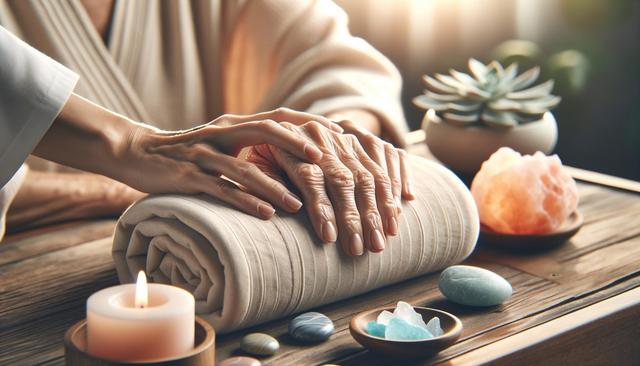The Role of Massage in Aging Gracefully
As people age, they often face a variety of physical changes that can impact mobility, flexibility, and overall comfort. Massage therapy, particularly when delivered with a gentle touch, provides significant relief from many of the discomforts associated with aging. For seniors, the benefits of massage go beyond simple relaxation—it can contribute to a more active and fulfilling lifestyle. Gentle massage techniques are especially valued because they accommodate the fragile nature of aging skin and muscles, making the experience both safe and soothing.
One of the main reasons massage is so valued in senior wellness is its ability to increase circulation. Improved blood flow helps deliver oxygen and nutrients to muscles and tissues, which can aid in healing and enhance vitality. Seniors often deal with chronic conditions that affect circulation, and regular massage sessions can support cardiovascular health in a non-invasive manner. Massage also stimulates the lymphatic system, which plays a key role in immune function—another area of concern for aging individuals.
Managing Pain and Enhancing Comfort
Chronic pain conditions like arthritis, sciatica, and lower back pain are common among the senior population. Massage offers a non-pharmaceutical approach to managing these issues, often reducing the need for medication and its potential side effects. The pressure applied during a massage can help release muscle tension, reduce inflammation, and improve joint mobility—making daily activities more manageable.
Some of the specific ways massage contributes to pain relief include:
- Reducing stiffness in joints and muscles
- Improving range of motion
- Triggering the release of endorphins, the body’s natural painkillers
This gentle intervention can make a noticeable difference in a senior’s daily life, helping them maintain independence and confidence in their movements. The phrase “Gentle Touch, Big Relief” truly encapsulates the essence of massage in the realm of senior care.
Emotional and Mental Well-being
Massage not only addresses physical discomfort but also nurtures emotional and mental health. Seniors may experience loneliness, depression, or anxiety due to life transitions such as retirement, the loss of loved ones, or changes in living situations. Physical touch can be profoundly therapeutic, providing a sense of connection and comfort that may be lacking in their daily lives.
Massage encourages the release of hormones like serotonin and dopamine, which are associated with mood regulation and relaxation. This hormonal balance can help alleviate symptoms of depression and enhance sleep quality—two areas that often become challenging with age. Additionally, the calming environment in which massages are typically administered contributes to an overall sense of peace, helping seniors feel more grounded and emotionally stable.
Supporting Mobility and Flexibility
Maintaining mobility is crucial for seniors who wish to stay active and self-sufficient. Massage therapy helps by keeping muscles and connective tissues supple, which can prevent injuries and improve coordination. Regular sessions can also support rehabilitation for individuals recovering from falls or surgeries—events that can significantly impact confidence and physical ability.
Massage enhances proprioception, the body’s ability to sense its position in space. This is especially important for seniors, as diminished proprioception is a contributing factor to falls. Techniques that focus on stretching and joint manipulation can:
- Improve balance and posture
- Enhance coordination
- Reduce the risk of falls
When combined with other wellness practices like physical therapy or light exercise, massage becomes a powerful tool in preserving independence and mobility throughout the aging process.
Customizing Massage for Senior Needs
Every senior has unique health considerations, which means massage therapy must be tailored to suit individual needs. Therapists trained in geriatric massage are equipped to modify their techniques based on factors such as skin sensitivity, medication use, and existing medical conditions. Light pressure, slower movements, and shorter session durations are common adaptations that ensure safety and comfort.
In many senior living communities and wellness programs, massage has become an integral part of holistic care. It complements other treatments and promotes overall quality of life. When planning massage sessions for seniors, it’s important to consider:
- Health history and current medical conditions
- Mobility limitations
- Personal preferences and comfort levels
By respecting these factors, massage therapists can deliver care that is both effective and respectful of the senior’s physical and emotional boundaries.
Conclusion: Embracing Gentle Healing for Better Living
Massage therapy continues to gain recognition as a valuable component of senior wellness because of its ability to address multiple aspects of aging in a gentle, non-invasive way. From reducing pain and improving mobility to supporting emotional well-being, massage offers meaningful benefits that align with the goals of aging gracefully and living well. For seniors and those who care for them, incorporating massage into a regular wellness routine can contribute to a more comfortable, confident, and connected life. Truly, a gentle touch can bring big relief—making each day a little brighter and more manageable.




Leave a Reply